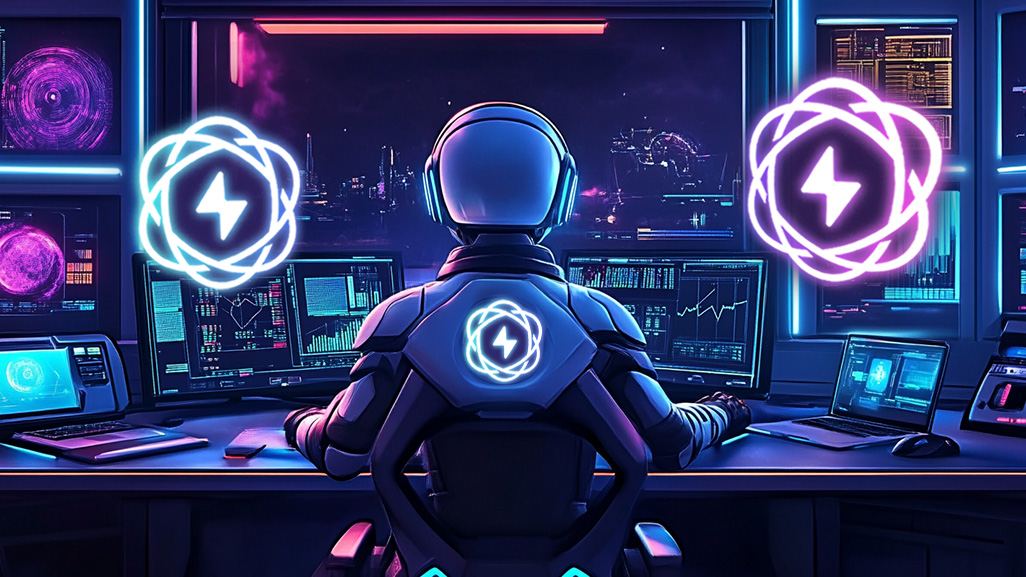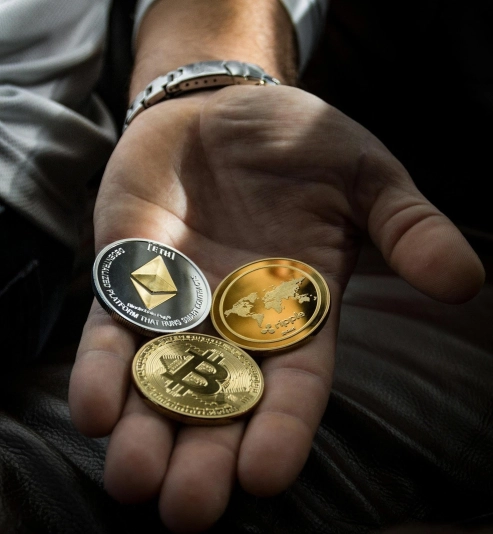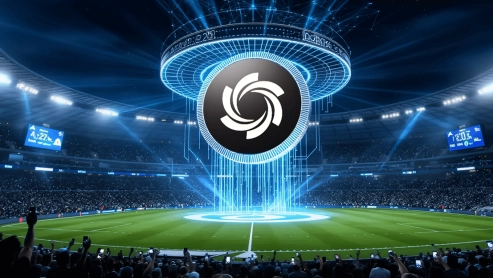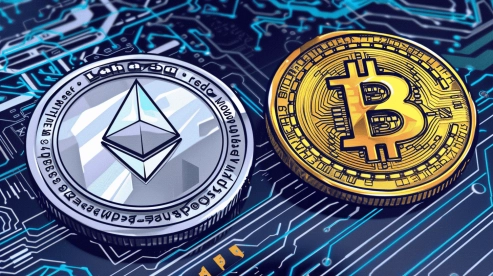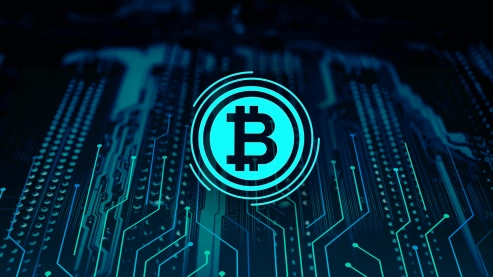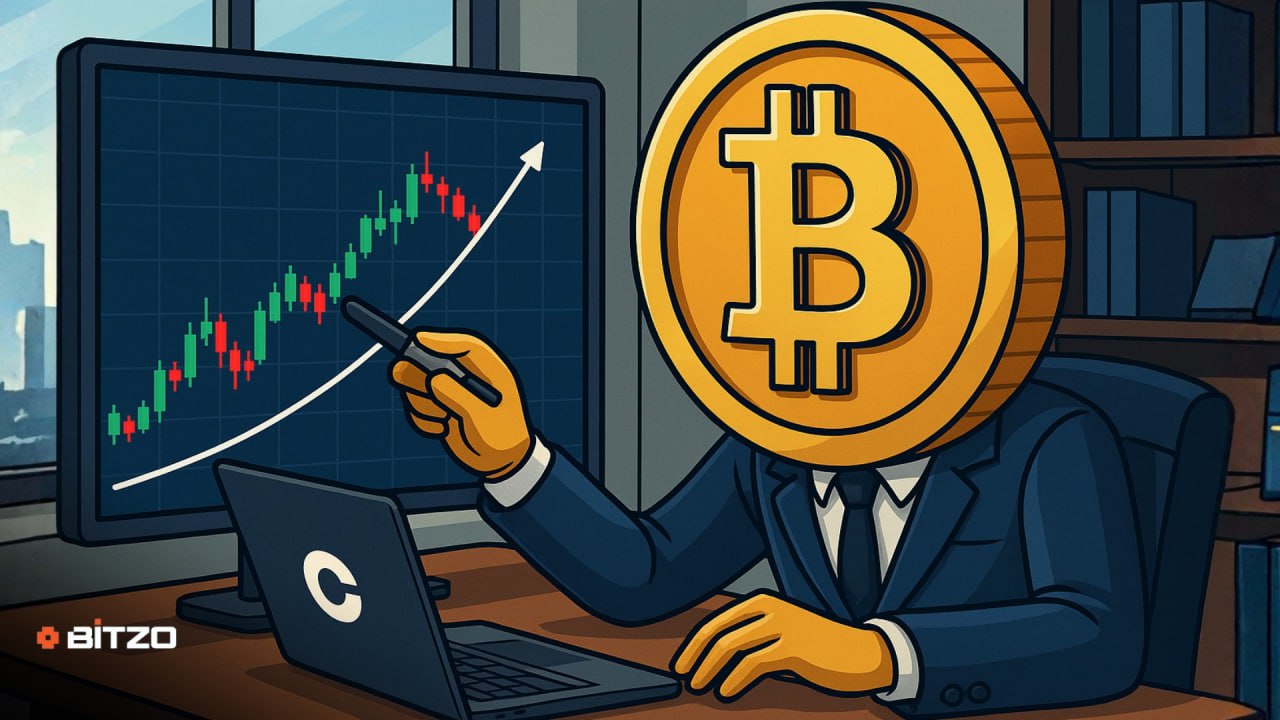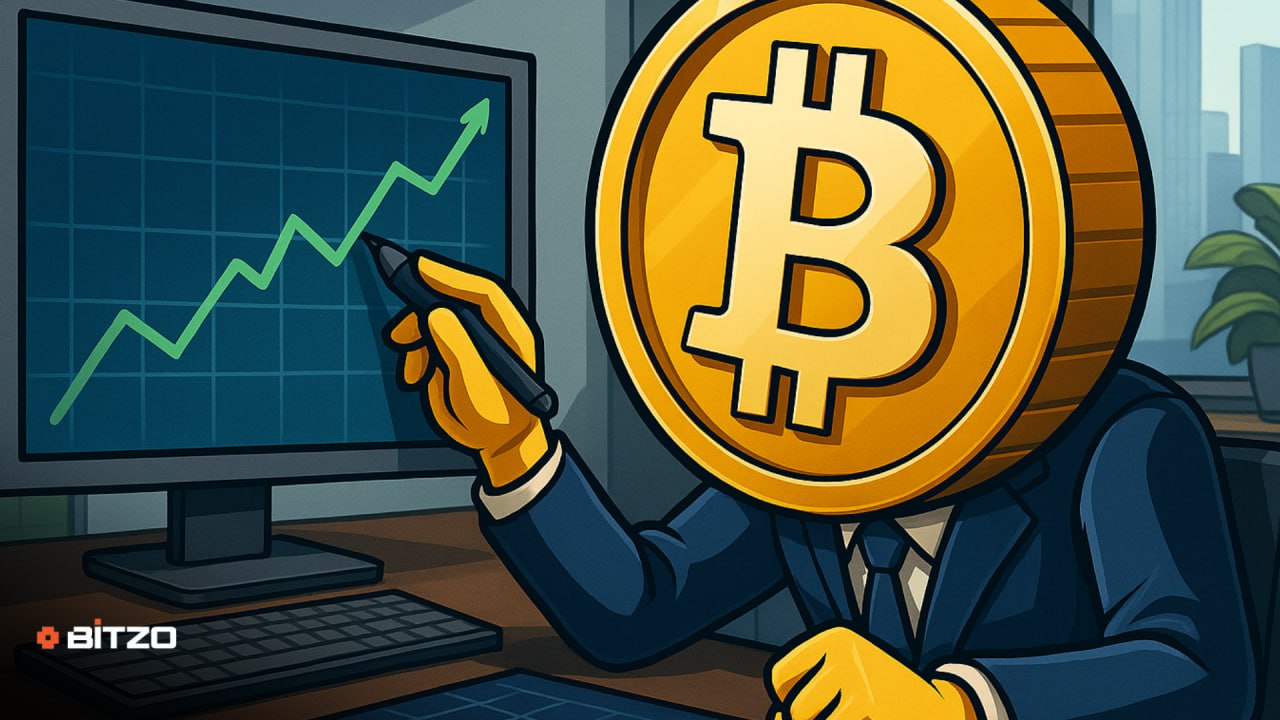Lightchain AI vs SOL vs ADA – The Battle for Altcoin Leadership Intensifies as Trump's Crypto Endorsement Alters Market Dynamics
The world of cryptocurrency is experiencing a significant transformation as political forces start to sway investor behavior. Former U.S. President Donald Trump’s increasing endorsement of digital currencies has sparked speculation and optimism in the market, paving the way for altcoins striving to gain supremacy.
Among the frontrunners in this contest are Lightchain AI, Solana (SOL), and Cardano (ADA), each offering distinct innovations and strategic advantages. With Lightchain AI raising more than $15.9 million during its presale at a price of $0.006, the competition for altcoin dominance is fiercer than ever.
Trump’s Influence on Crypto and Its Effects on the Market
As of February 13, 2025, Donald Trump's engagement with cryptocurrency has had a substantial impact on the market. His administration's supportive stance towards crypto, highlighted by the proposed Bitcoin Strategic Reserve, has bolstered investor confidence, pushing Bitcoin to an unprecedented high of over $100,000 by December 2024.
However, Trump’s personal ventures into meme coins, such as the introduction of $TRUMP in January 2025, have stirred controversy. While the coin initially saw a surge in value, it faced criticism from industry leaders for potentially undermining the broader crypto market's credibility.
Recent policy measures, including new tariffs, have also led to market fluctuations, resulting in a 4% decline in Bitcoin's value and a $500 billion decrease in the total crypto market capitalization.
Solana’s Strategy for Market Dominance
Solana has quickly risen in the blockchain sector, known for its rapid transaction speeds and minimal fees, making it a strong rival to Ethereum. Recent advancements have further strengthened its market position. The rise of memecoins like TRUMP choosing Solana over Ethereum has markedly increased network activity and boosted token value.
Analysts at VanEck estimate that Solana’s share in the smart contract platform market could climb to 22% by the end of the year, potentially driving the token's price to $520.
Currently, Solana (SOL) is priced at about $196.61, representing a slight dip of 0.12% from its last close. Its ample liquidity and market framework, akin to Bitcoin and Ethereum, affirm its readiness for institutional investment products such as exchange-traded funds.
Cardano’s Gradual and Methodical Strategy
Cardano has consistently pursued a cautious approach to blockchain innovation, prioritizing peer-reviewed research and formal verification to build a reliable and secure platform. This careful strategy has recently drawn considerable attention. Grayscale Investments has submitted a filing for a spot Cardano (ADA) exchange-traded fund (ETF), indicating rising institutional interest in ADA.
Moreover, Cardano’s founder, Charles Hoskinson, has announced a partnership with Aptos to shape U.S. blockchain policy and technology, aiming to position the nation as a leader in the blockchain field.
These initiatives have positively influenced ADA's market performance. Currently, ADA is trading at roughly $0.793, showing a 3.1% rise from the last close. The token has reached an intraday high of $0.806, with a low of $0.753.
Emergence of Lightchain AI – A New Contender Against Solana and Cardano
While Solana and Cardano are often in the spotlight, Lightchain AI (LCAI) is steadily gaining ground with its innovative and eco-conscious approach to blockchain technology.
In contrast to conventional consensus methods that demand significant energy use, Lightchain AI employs Proof of Intelligence (PoI) to direct computational power towards meaningful AI tasks rather than wasteful cryptographic challenges. This approach minimizes environmental impact while enhancing resource efficiency. By eliminating unnecessary proof-of-work cycles, Lightchain AI considerably reduces its carbon footprint, advocating for sustainability.
Its ongoing roadmap prioritizes energy-efficient solutions that can adapt to increasing network demands. This balanced strategy not only supports environmental responsibility but also provides advantages to the broader AI and blockchain communities, positioning Lightchain AI as a promising force in the industry.
Website Whitepaper Twitter Telegram
Investment Disclaimer





